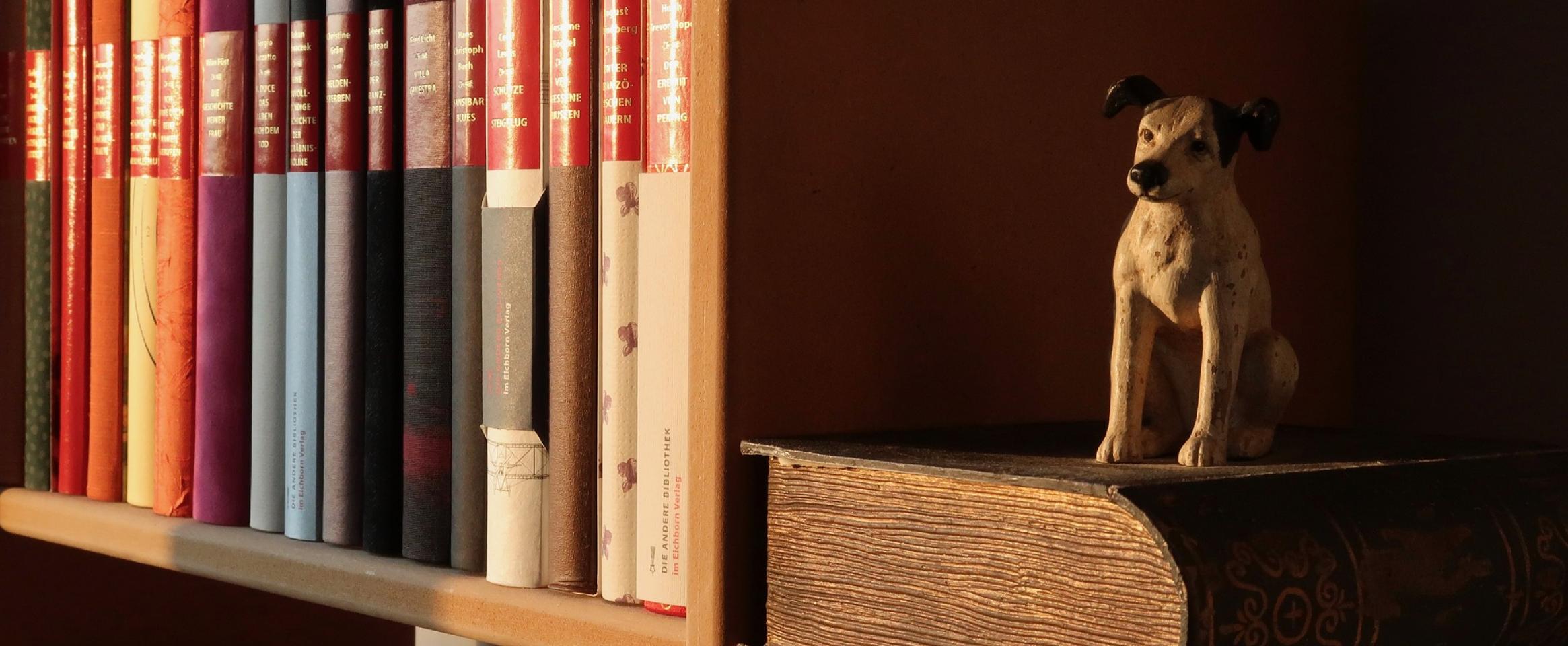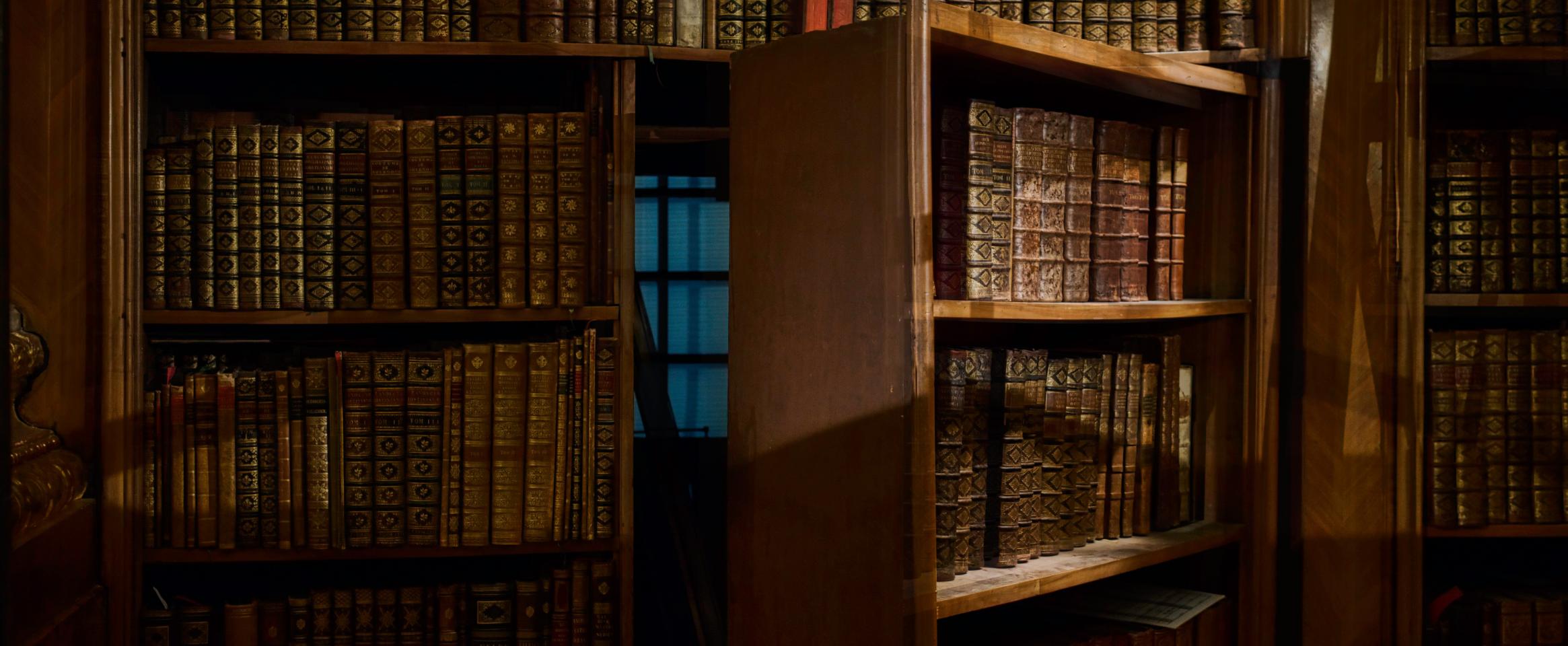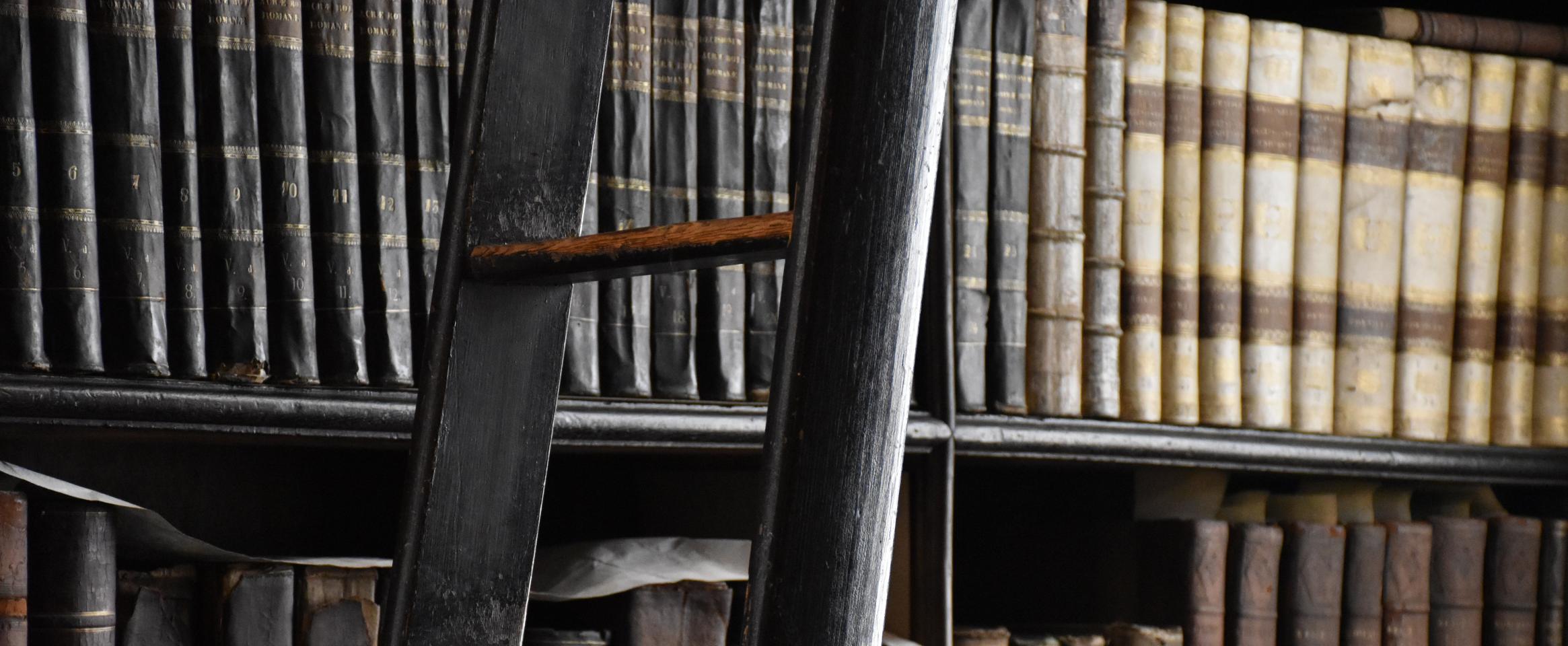
John Galbraith Simmons, translator, Aline and Valcour
Science writer John Galbraith Simmons and his wife Jocelyne Geneviève Barque provide the first English translation of a 900-page epistolary novel by the French author Marquis de Sade, written while Sade was imprisoned in the 1580s. Aline and Valcour combines picaresque adventures, satire, and black humor to illuminate societal injustices that persist today, including exploitation of women.








